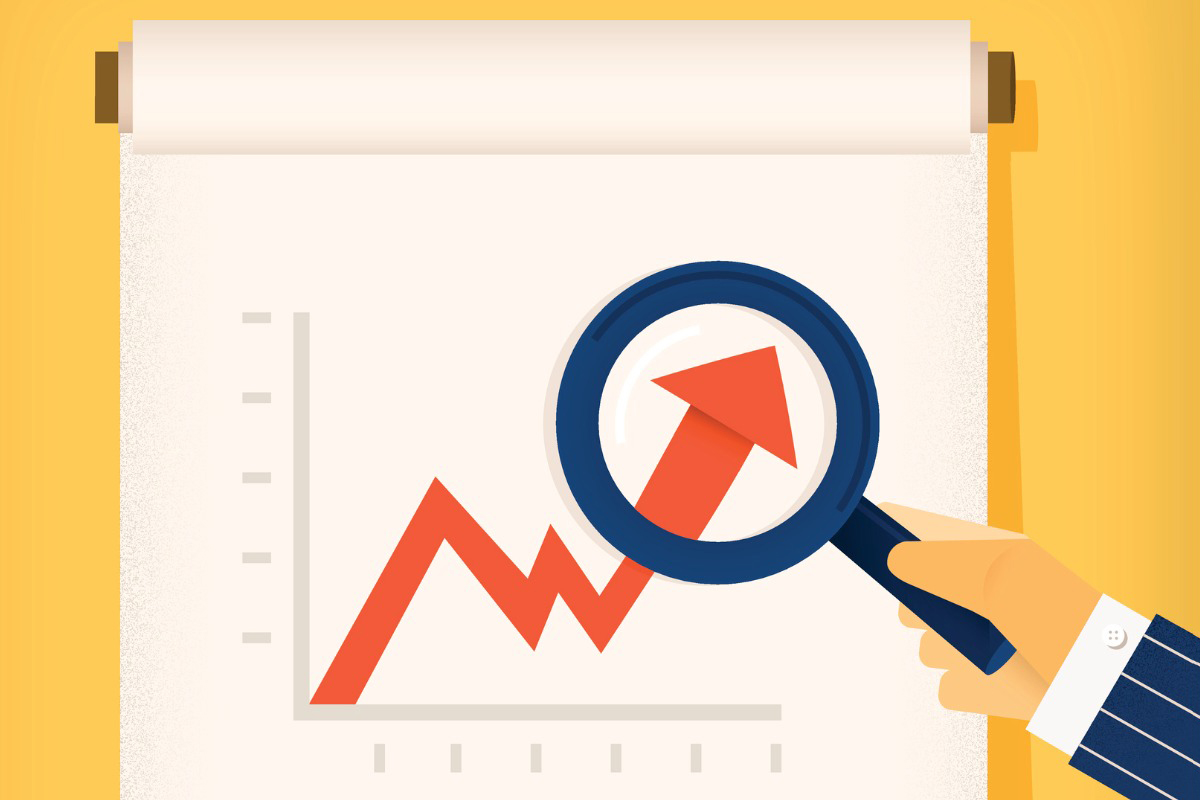
Last year was horrible for stock prices, amid spiraling rates and recession anxieties, but share buybacks booked a record $1.31 trillion worldwide. Asset manager Janus Henderson tabulated the impressive statistics summarizing the repurchasing tsunami.
Why did this happen amid an epic investor freakout, as the S&P 500 plummeted 19.5% in 2022? It’s part of a tend that has been growing in recent years, explained Ben Lofthouse, head of global equity income at Janus Henderson. Low interest rates, ample corporate cash flow and a desire to curry investor favor all factored into the buyback surge, he noted.
Will the upward movement continue? “Buybacks cannot always be relied on to enhance shareholder returns. Their discretionary nature makes them more volatile, as evidenced in 2020’s COVID disruption, when they fell dramatically,” Lofthouse wrote in the Janus study. In that spirit, Goldman Sachs warned Wednesday that higher rates and the long-awaited economic slowdown may temper the buybacks this year.
Still, for the moment, buybacks are on a roll, with signs that this year’s first quarter continued the momentum.
Another element contributing to repurchasing’s ascent is that buybacks are focused among the most successful companies, those best able to reward their stockholders. The reigning champ is Apple, which bought back a whopping $89 billion of its shares last year. Other big repurchasers include Exxon Mobil, Procter & Gamble and Microsoft.
The buyback avalanche “is not a one-year phenomenon,” the Janus report stated. Buybacks have almost tripled in value since 2012, up 182%, besting the 54% growth in dividends during the same period. The oil sector is one of the biggest contributors: As energy prices spiraled, its companies bought back $135 billion of their shares last year, more than four times 2021’s tally.
The sector with the biggest buyback effort last year was tech, at $286 billion. Facebook parent Meta Platforms and Google parent Alphabet had major repurchase programs, a nice gift to investors as the two pay no dividends. Financial stocks were in second place at $245 billion.
The ascent of buybacks, when compared with dividends, is remarkable. In 2012, they were 52% of dividends paid out globally; in 2022, buybacks almost reached parity, at 94%. For buybacks, there’s a built-in advantage: They are a good way to return cash to investors without being tied to dividend payout schedules. Companies can freely expand and contract their repurchase, with little investor concern, but if they cut dividends, the market often reads that as a sign of trouble and punishes the cutter’s stock.
The buyback jump came despite a new 1% federal tax on them. President Joe Biden wants to hike that levy to 4%, although support for the proposal is not widespread.
Related Stories:
Do Stock Buybacks Really Shrink Capital Spending?
Biden Budget Proposes End to Carried Interest, Higher Tax on Buybacks
Downturn-Spooked JPM Axes Buybacks—So Will Others Follow?
Tags: Alphabet, Apple, ExxonMobil, Janus Henderson, Joe Biden, meta Platforms, Microsoft, Procter & Gamble, stock buybacks
